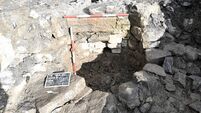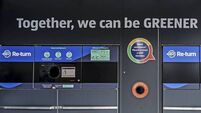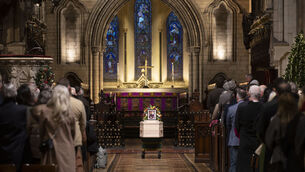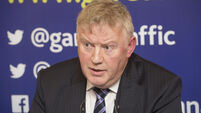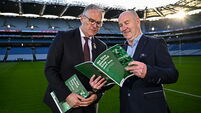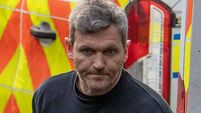Irish Volunteers parading their strength at Cork St Patrick's Day Parade in 1916

On St Patrick’s Day, 1916, thousands of men and boys in uniform — almost half of them carrying arms — took to the streets of cities and towns to demonstrate the growing membership.
Even they did not know on that mid-March Friday that they were being readied to take varying roles in a major rebellion against British rule in Ireland by the end of April.







